MicroCredX implementation framework
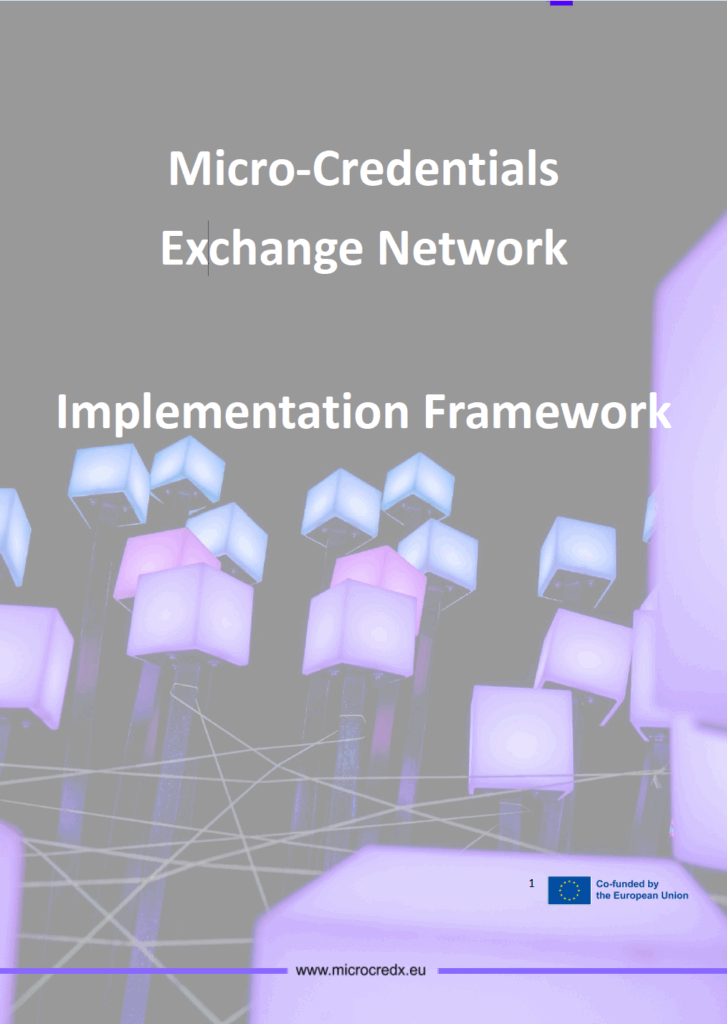
This framework helps universities create joint micro-credential exchange networks. Micro-credentials are short learning units worth 2-5 ECTS credits. The guide covers policy, design principles, teaching methods, technology platforms, industry needs, quality assurance, and recognition procedures. It enables European institutions to collaborate and offer flexible learning pathways for students and lifelong learners.
MicroHe – The Micro-Credential Users’ Guide

This guide equips Higher Education Institutions to implement micro-credentials – certifications for short learning experiences addressing specific skills gaps. It covers three types: skill-credentials (4-12 hours), micro-credential modules (1-5 ECTS), and Short Learning Programmes (up to 1500 hours). The guide recommends digital awarding via Europass, stackable recognition models, and applying existing quality assurance frameworks to ensure academic standards whilst meeting flexible learning demands.
Future Impacts of Modularisation and Micro Credentials on European Higher Education and list of validated scenarios

The MicroHE Delphi study engaged European experts to forecast micro-credentials’ impact on Higher Education Institutions. Three scenarios emerged: wide-scale, partial, or minimal adoption by HEIs. Success depends on overcoming barriers like institutional mistrust, establishing common standards, ensuring technological portability, and fostering collaboration between universities, employers, and policymakers. Key drivers include European policy initiatives, technological advances, and institutional readiness for educational modularisation and unbundling.
Digital Credential Recognition Mapping and Identification of Digital Credit Transfer System Needs in ASEAN
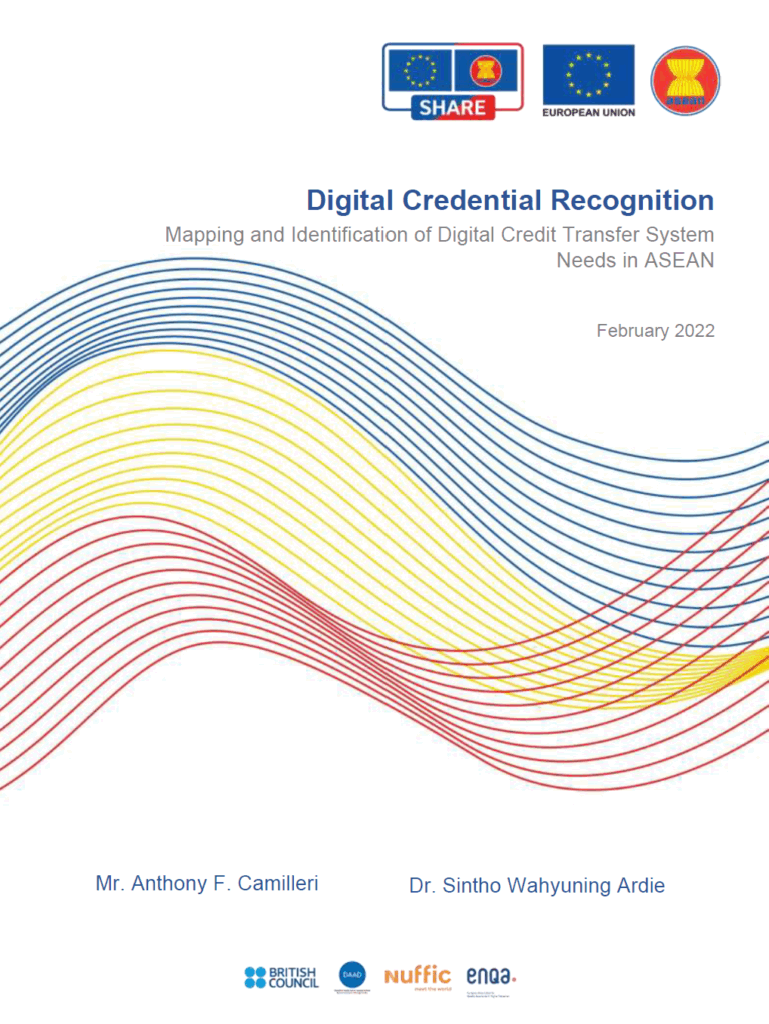
Digital credentials are defined as digital documents making claims about persons, containing machine-processable data. Recognition requires documents to be received via networks, verified for authenticity, processed according to defined formats, and educationally recognized. This comprehensive approach encompasses receiving, verifying, processing content according to data standards, and conferring educational recognition status to credential holders.
MICROBOL – Micro-credentials linked to the Bologna Key Commitments – Common framework for micro-credentials in the EHEA
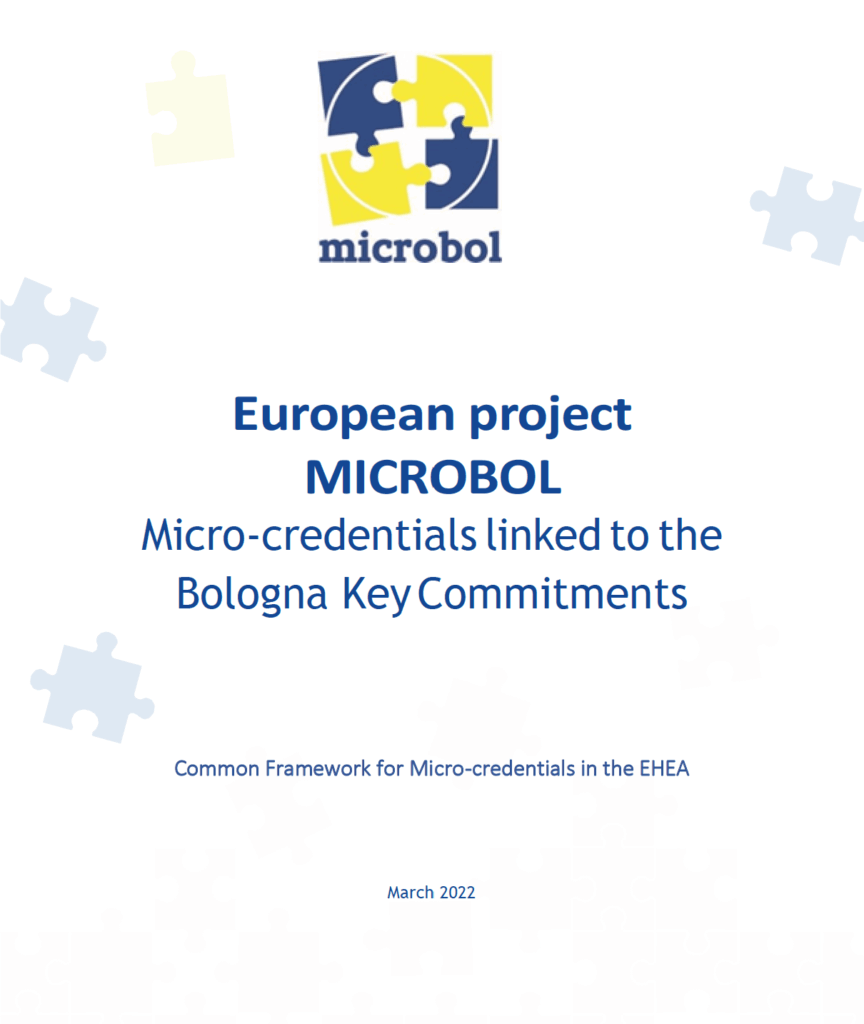
A micro-credential is a certified small volume of learning designed to provide learners with specific knowledge, skills, and competences that respond to societal, personal, cultural or labour market needs. They increase and diversify lifelong learning provision to support individual learning pathways and widen access to higher education through flexible, stackable credentials.
OEPASS – Identification of technologies used for recognising and verifying open credentials
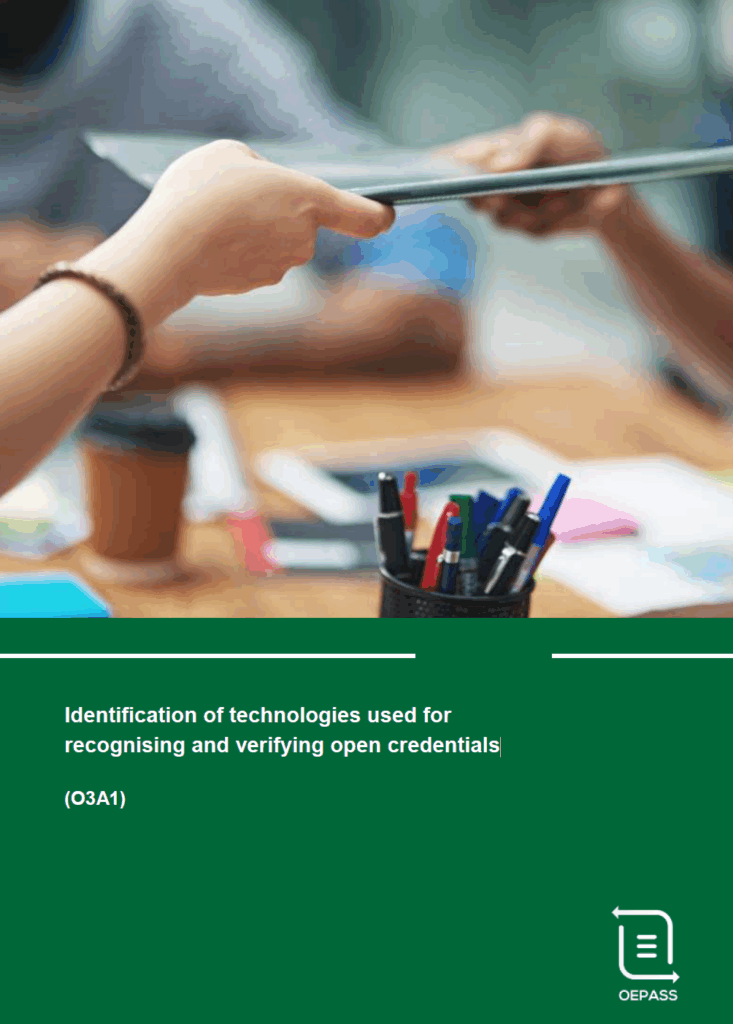
An open credential is defined as fully transparent and usable for multiple purposes including qualification accumulation, employment evidence, and international expertise transfer. Such credentials would integrate seamlessly into European recognition frameworks, offer instant verification, and include comprehensive learning information. They would enable software systems to create online CVs and digital backpacks for credential management.
MicroCredX – Recommendations for Higher-Ed leaders to introduce European Digital Credentials
A European Digital Credential for Learning is a multilingual format for electronically sealed digital presentations of learning credentials. They can be awarded in formal education, training, online courses, volunteering experiences, and non-formal learning contexts, taking forms of degrees, micro-credentials, certificates of participation, or any other learning records, issued through the Europass portal or integrated systems.
OEPass – Recognition and verification of credentials in open education, Report of Intellectual Output 3
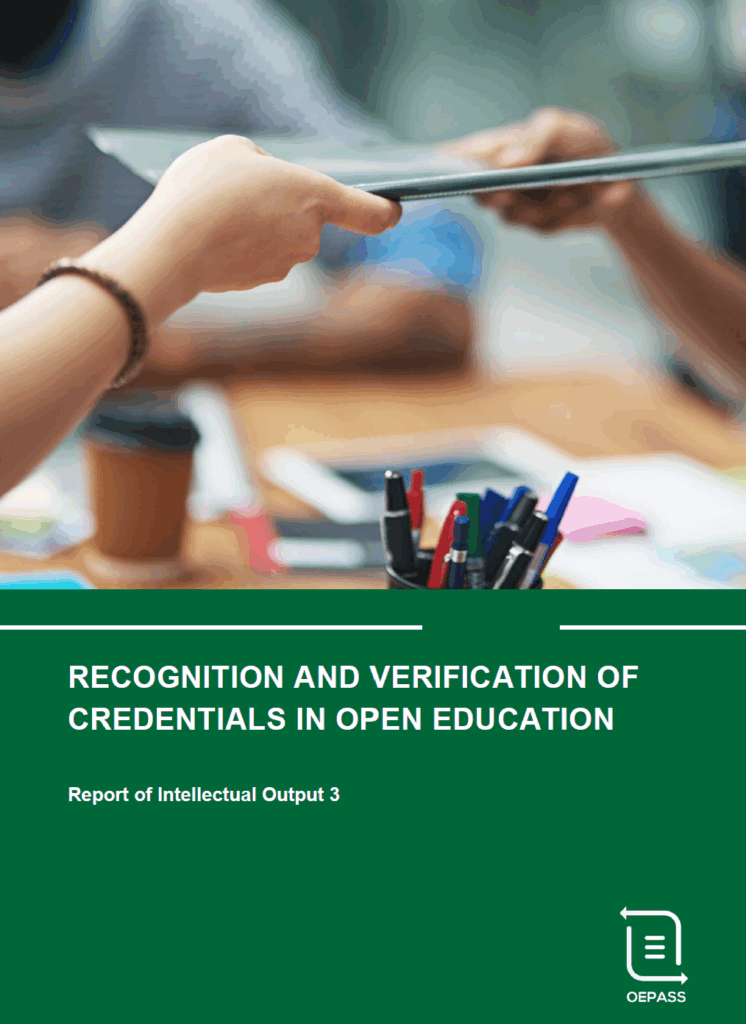
The OEPass Learning Passport proposes a standardized European system for recognizing open education credentials through blockchain-secured digital certificates. By aligning micro-credentials with ECTS and EQF frameworks, the system enables learners to accumulate, store, and share verified learning achievements from various providers, bridging formal and non-formal education while enhancing student mobility and employability in the digital age.
Mapping Report – inventory of standards, processes, and ICT systems across Higher Education, European Higher Education Interoperability Framework
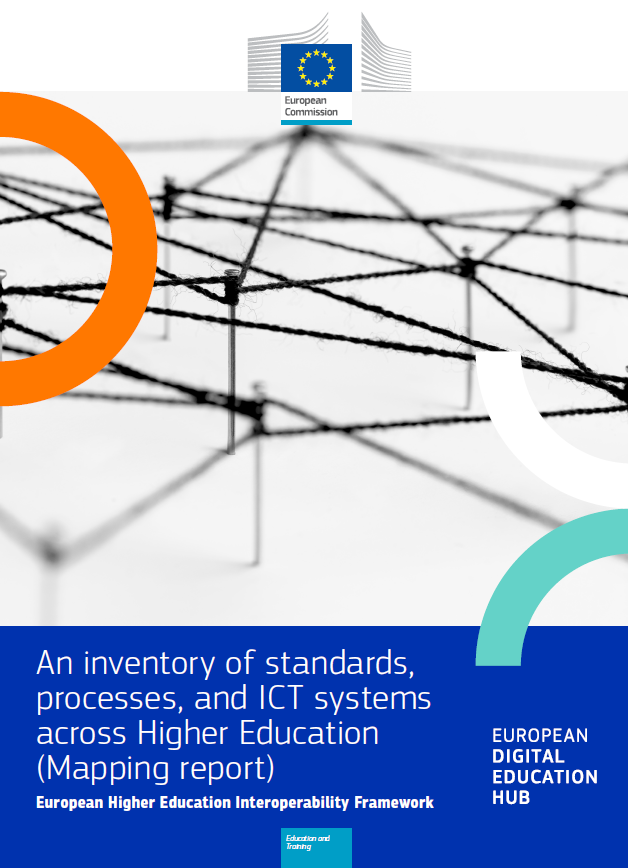
This comprehensive inventory reveals what tools European universities actually use for data sharing. Based on research with 41 university alliances, it catalogues over 100 systems and standards currently in use. The findings expose significant gaps: most institutions build their own solutions because existing tools don’t meet interoperability needs.
Blueprint reference architecture – European Higher Education Interoperability Framework
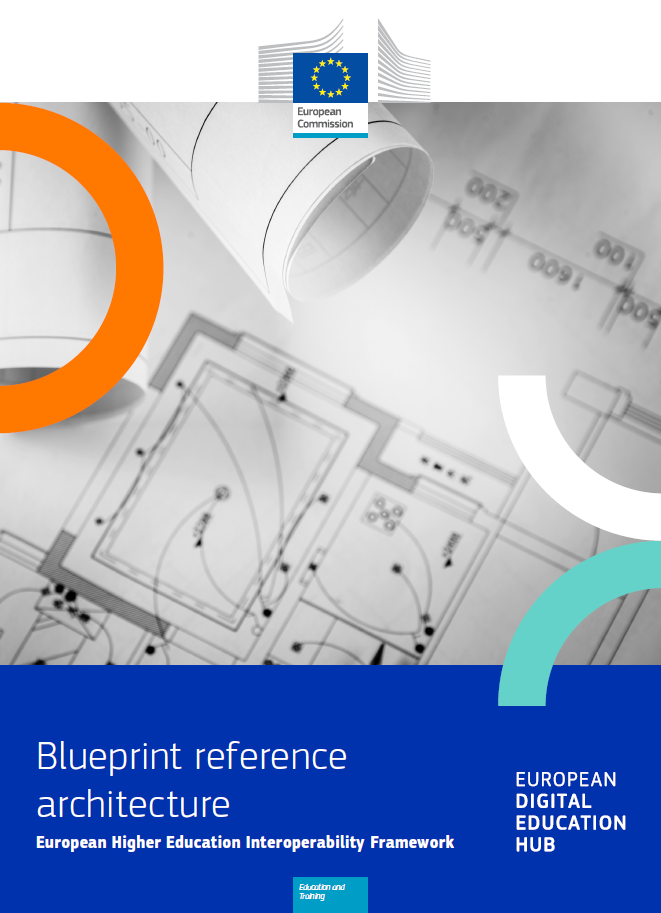
European universities need better ways to share student data and academic resources. This new interoperability framework tackles eight common challenges, from course discovery to credential recognition. Built from real university alliance experiences, it provides practical blueprints for institutions to improve collaboration. The goal is simple: help students move between universities smoothly whilst ensuring their achievements are recognised everywhere.
